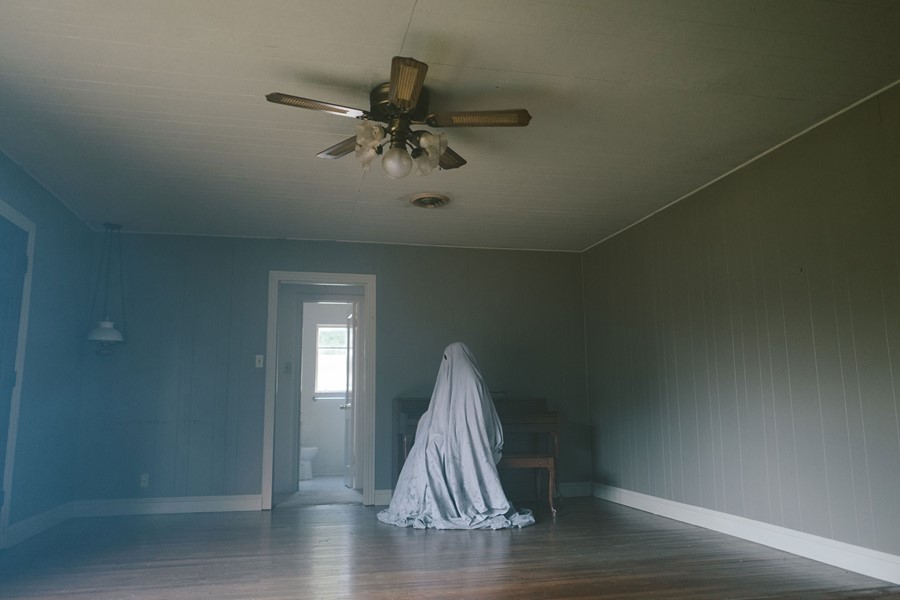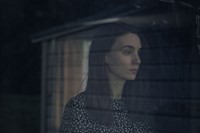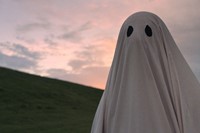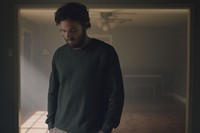Starring Rooney Mara and Casey Affleck, David Lowery's haunting new film A Ghost Story will stay with you long after you leave the cinema
One cold December day in 2015, American director David Lowery found himself embroiled in a rare argument with his wife; he wanted to remain in his native Texas, surrounded by the visually enticing landscape that had inspired so many of his films, while she felt that a move to Los Angeles, where big commercial projects such as Lowery’s then-forthcoming Pete’s Dragon awaited him, was inevitable. “It was one of those moments in life where you step outside of yourself and think, ‘this feels like a scene from a movie’,” Lowery tells AnOther in a softly spoken voice, sitting in a hotel suite during Sundance London. “We never argue so that in itself felt strange, but it was one of those heated discussions that felt like characters in dialogue – and even though I knew deep down that I was wrong and she was right, I stood my ground, while simultaneously filing every line away to use in a movie that I knew would surface someday.”
As it turned out, that movie, titled A Ghost Story and released in UK cinemas today, came to fruition sooner than even Lowery expected. “Within a month or two I was thinking about this idea for a film that would involve a house, the concept of time passing and a ghost in a sheet – to me, that image always seems so goofy and yet it means so much. Anyway, that argument felt like it would fit right in, so I sat down and wrote this ten-page outline, starting with that scene, and by the next day had turned it into a 30-page script. Then I said to my producing partners, ‘Hey, we should make this in summer while we have a few months off,’ so we did!” If the key ingredients and realisation of Lowery’s vision sound surprisingly simple, A Ghost Story is anything but.
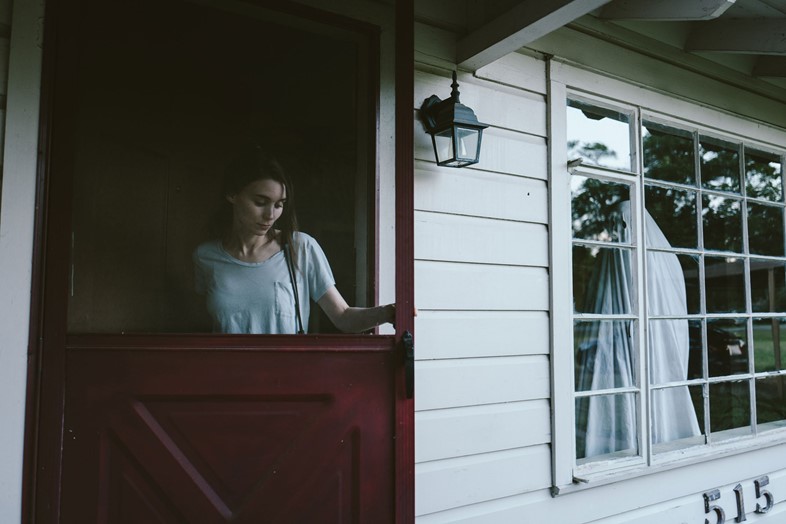
The film reunites Casey Affleck and Rooney Mara, the protagonists of Lowery’s elegiac western Ain’t Them Bodies Saints (2013), in what is a Romantic and haunting musing on love, loss and evanescence. Affleck and Mara play a young couple, introduced to the audience as C and M. C is a musician, contented with the duo’s life in a small Texan farmhouse, while M dreams of change – a cause of tangible yet muted tension. When C is killed in a car crash, M is left in a state of grief and despair, but the story doesn’t end there. Shortly after M visits his pallid corpse, covered by a sheet in the hospital morgue, C rises, the sheet transforming him into a gaping-eyed ghost, and returns to the couple’s home to watch over M as she mourns his loss, and packs up the desolate house. But long after her departure, C finds himself anchored to the house he was once so attached to, becoming unstuck in time and swept up in a cosmic whirlwind that carries him through the building’s past, present and future.
It makes for desperately beautiful and contemplative viewing: an effect compounded by low-lit landscape shots evocative of Whistler’s iridescent paintings; the sparse but impactive bouts of dialogue that expand upon the film’s themes (including a particularly memorable, drunken stream of existential musings by frequent Lowery collaborator Will Oldham); the melancholic yearning of Affleck’s ever-present spectre; and a spine-tingling score by Daniel Hart, featuring the song I Get Overwhelmed by Hart’s LA-based band Rooms – a track penned by Affleck’s character in the film. I defy you to find a dry eye in the house as it reverberates around the cinema. “Daniel played that song to me while we were doing the score for Pete’s Dragon,” explains Lowery. “It is literally overwhelming, and I couldn’t stop listening to it; I kept on playing it on repeat in the car prior to writing the film, and I just knew I had to include it in the script. It comes almost dead centre in the movie so it’s like its heart, and it resonates backwards and forwards throughout it.”
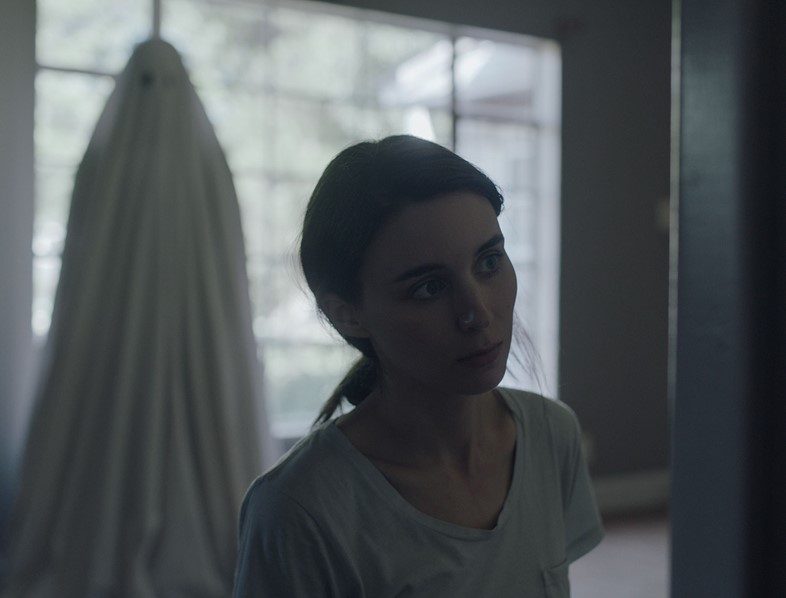
Lowery is a man preoccupied by nostalgia, romance and the concept of legacy, all of which underscore A Ghost Story. Mara’s character hides messages in the walls of the house – secret notes that only she knows about, but which cement her presence in time and place. “I love burying things, and hiding things too, never to be found again,” says the director. “That is something that is an extension of my ego certainly, but is a very sincere one. I feel very attached to physical spaces, and this movie is a way of dealing with that. All my movies are actually: the one recurring theme is the idea of finding your home and wanting to stay there.” By pure coincidence, the house around which the film centres is located in the very suburb Lowery grew up in. “We had to find a house we could knock down, so our options were limited,” he says. “It was strange that we found one there. It made the experience of making the film that much richer. As I said, this movie is all about moving past sentimentalism, so it was a very interesting challenge to myself to make it in a town where every corner had some kind of personal resonance.”
Perhaps as an extension of his reluctance to accept change, Lowery favours working with a cast and crew who know and understand his practice. In the case of A Ghost Story, he was particularly excited to bring Mara and Affleck back together after their exceptional performances in Ain’t Them Bodies Saints, during which they developed what Lowery terms “an undeniable chemistry”. “Since Casey doesn't last long in human form in this movie, I wanted the few scenes that he and Rooney share together in the flesh to feel as compassionate and human as possible," he says. And they undoubtedly do – the pair's connection, even in silence, is so deeply profound that right from the start you can't help but invest yourself, with wholehearted emotion, in their story. This proves integral to the film’s most lasting impression, that love, and the art it inspires, is the greatest legacy of all.
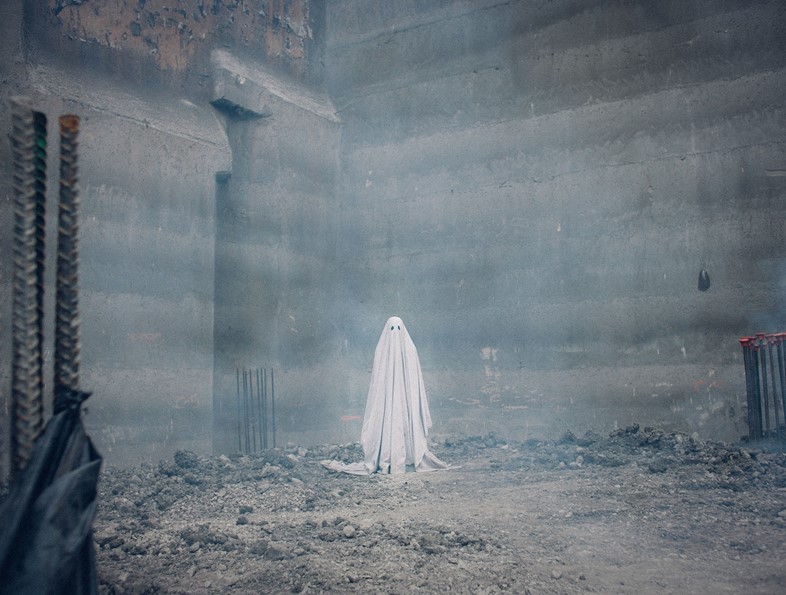
A Ghost Story is in cinemas from today.
